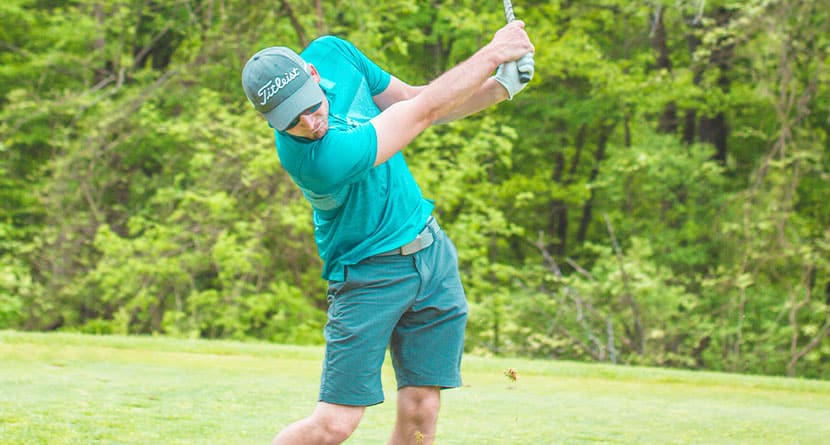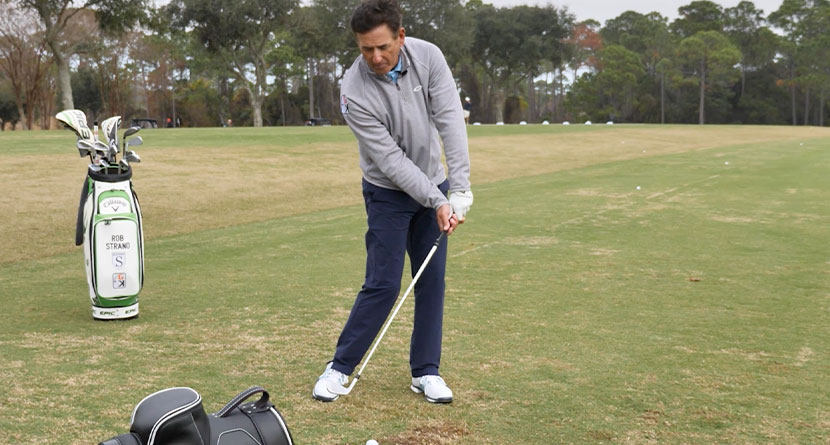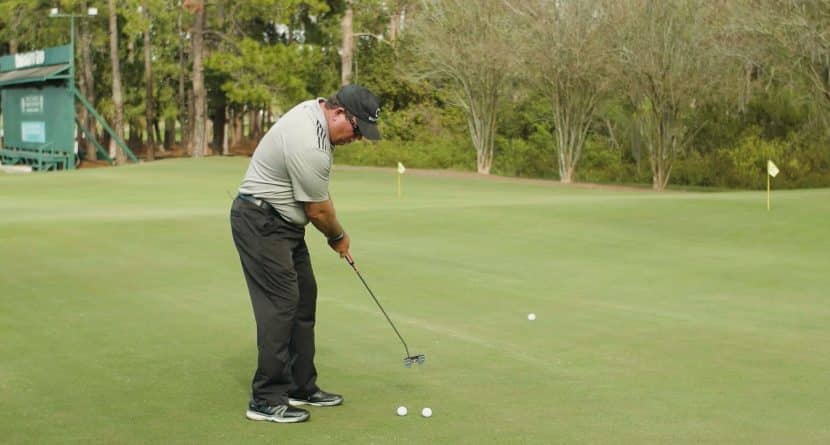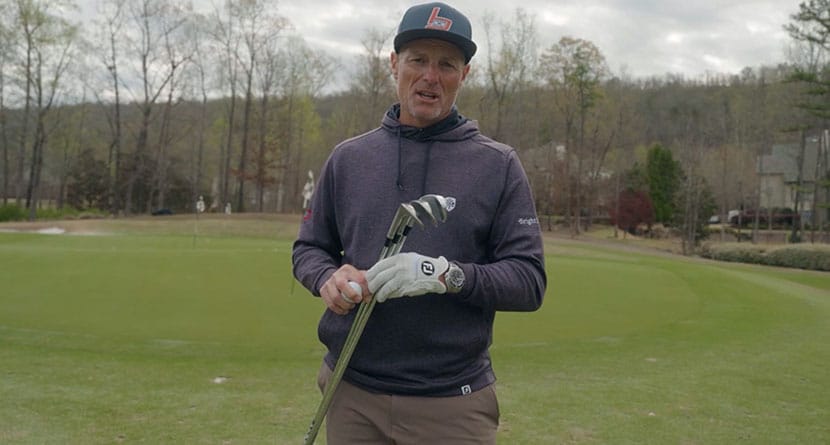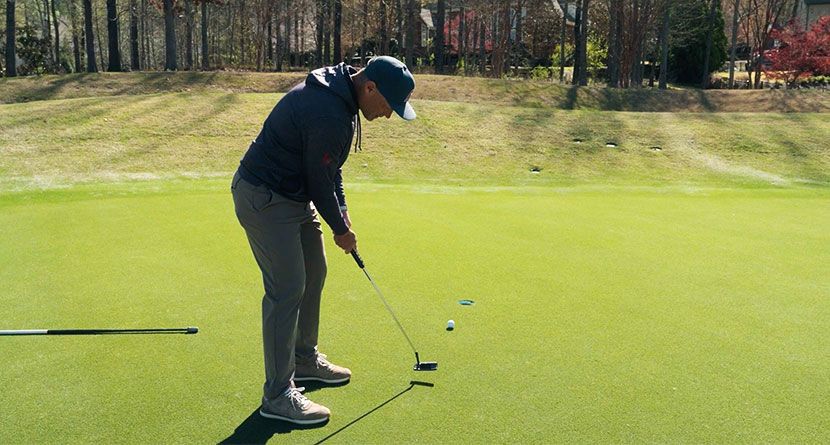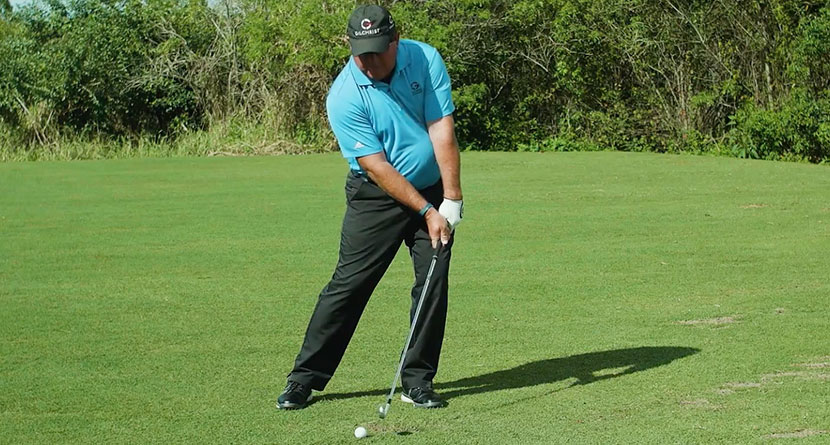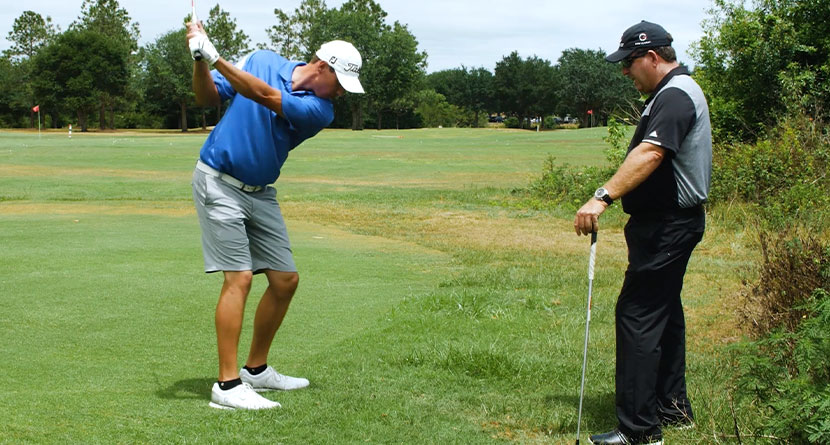- Golf courses have dress codes – usually requiring collared shirts, tailored pants/shorts, and golf shoes
- Polo shirts, khakis, skirts, spikeless shoes are typically acceptable
- Adjust outfit based on weather (layers, hats, sunscreen) and formality of course
- Accessorize minimally and inject personal style through subtle patterns and colors
Stepping onto the golf course isn’t just about mastering your swing — it’s about respecting tradition and etiquette. And while dress codes have been relaxed considerably in recent years, understanding what to wear while playing golf will give your game both style and substance. Here’s a quick primer on golf course-appropriate outfits and essential golf shoes for the novice player.
Deciphering Dress Code Policies:
Courses often have golf dress code policies outlined on their websites or displayed prominently in the clubhouse. These guidelines typically specify acceptable attire and prohibit offensive or revealing clothing. Generally speaking, you should aim for a neat, well-maintained appearance that reflects the sport’s spirit.
Golf Closet Essentials:
- Shirts: Collared shirts remain the cornerstone of any good golf wardrobe. Polo shirts are the most popular choice, offering breathability and comfort. Opt for moisture-wicking fabrics for hot weather. Sleeveless shirts are generally frowned upon, and tank tops are a definite no-go.
- Pants: Khakis, tailored shorts or golf skirts are standard options. Shorts should have an appropriate inseam length. Denim jeans, sweatpants and athletic shorts are typically prohibited.
- Shoes: Spiked or spikeless golf shoes are mandatory for traction and course preservation. Ensure clean, well-maintained shoes to avoid damage to the greens. Avoid street shoes with heels or cleats.
Navigating the Nuances:
- Weather: Pack layers for unpredictable weather. Sweaters, vests or windbreakers are helpful for cool days, while hats and sunscreen are essential for sun protection.
- Formal Courses: Some private courses might have stricter dress codes. Consider dress pants, collared shirts in solid colors or with simple, elegant patterns and traditional golf shoes for such settings.
- Casual Courses: Municipal courses or public driving ranges often allow more relaxed attire, but stick to neat and appropriate clothing.
Beyond the Basics:
- Accessories: Opt for minimalist jewelry and accessories that don’t interfere with your swing. Baseball caps or visors are acceptable sun protection, but keep them facing forward.
- Personal Style: While adhering to the basic guidelines, feel free to inject your personality through subtle patterns or color choices. Just avoid overly loud or revealing attire. Some private clubs have a ban on busy designs.
Remember — comfort is key. Choose clothes that allow for a full range of motion and won’t restrict your swing. Always respect the course rules and avoid bringing undue attention to yourself and your playing partners. Once you start building a golf wardrobe that you find comfortable and stylish, you’ll be able to focus that much more on your game. Ultimately, proper attire should enhance your golf experience, not distract from it.
By understanding what to wear playing golf, you can confidently step onto the course and leave a positive impression on your fellow players.
